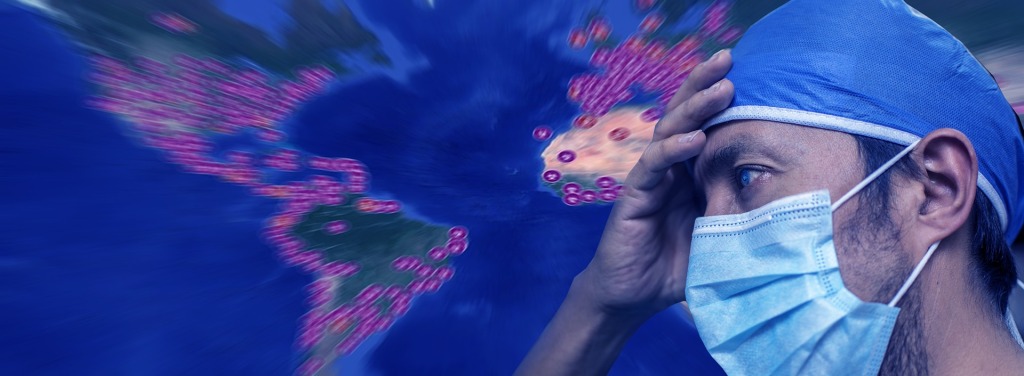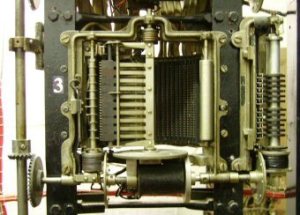
Is fact stranger than fiction or the other way around? For the last few years I have felt like an extra in a science fiction movie. One of the bit actors that don’t appear on the credits, isn’t really seen, but is part of the macrocosm. It’s a surreal piece about climate change, politics, smart technology, transport and people. The latest chapter in the movie is the emergence of COVID19.
I live in New Zealand and we have one of the lowest rates of COVID19 in the world, low deaths and so far no significant community transmission. I am so proud to live in this country where the majority of the people do the right thing. Sure, we had people stock up on so many toilet rolls and bottles of sanitiser that they probably won’t have to buy any more for the rest of the year.
Fundamentally we did what we had to do in lockdown, we supported each other, we were mostly kind and considerate, supported local businesses and looked out for our neighbours.
Many companies pivoted and did what they could, for example investing in R&D to build medical equipment needed to care for COVID19 patients. Companies like Fisher & Paykel Healthcare are an example.
Another is a University of Canterbury project which is a collaboration with other countries, including Belgium and Malaysia, creating a solution which allows two people to be supported by one ventilator, supported by a New Zealand MBIE COVID19 development fund.
Is it random that New Zealand is doing well? Is it because we have a woman Prime Minister? Is it because it is election year? Is it because we are so remote from most of the world, basically a few islands. Those things help, but I think a lot of it is about what Prime Minister Adern calls the Team of Five Million. I don’t know if she coined the phrase, but if the shoe fits…
Despite being election year, most Kiwi politicians have agreed that the safety and well being of our nation must transcend politics. We all have to do the right thing and focus on the ecosystem rather than the ego system. We have exceptions, we’re human, but most of us are on the same page and it shows.
Flip to other parts of the world where we see politicians playing the same games we laughed and sneered at when we watched Jaws.

Do you remember when the Police Chief demanded that the beaches closed down, but the Mayor overruled him because of the potential loss to the tourism industry.
The scary thing was of course that we knew this wasn’t just a work of fiction. This is how many parts of the world work. I’m not going to point fingers, you all know who the players are and how they work. Some are better than others. Here are some of the plots and subplots in our movie.
- It’s no worse than the flu, lockdown is a waste of time.
- Let’s have a COVID19 party.
- It’s summer break, noone is going to stop me from having fun at the beach.
- Herd immunity is the way to go
- It’s all the fault of the (insert your favourite ethnicity to pin it on)
- I want to fund research into a vaccine, but then I want exclusivity for my country.
- Why bother collaborating when we can simply spy on other countries and steal their vaccine research?
- Every day sees a record increase of people testing positive.
- Hospitals are close to full.
- Mass graves are becoming more common
- Cruise Ships offer their liners as makeshift hospitals or quarantine sites
- Some drug companies lock their doors while others others agree to open source.
Here’s what I am not seeing. All the superpowers collaborating openly, to get the best minds on this problem. All parties in countries putting aside petty politics and focusing on survival, solutions based on fighting a common enemy. A virus.
As a parent, how would you explain what is happening in the world right now to your children? Tell them why the world can’t get together as one, saving lives, saving economies, fighting for a better planet?
How will this movie end? I continue to be so happy to live in New Zealand. We aren’t perfect. We have our share of people who are corrupt, racist, criminals, tall poppies, and lowlifes, but I believe the majority of us are good, kind people who care more about their country and people than politics. I think we will do well out of this in the long run, including a new focus on self sufficiency.
However, we care about the whole world. We are all immigrants or descended from immigrants. We love the world, we love to travel, we have family and friends all over the world. We watch many countries behaviour with disbelief. Maybe we are the children.
When the history books look back at the COVD19 pandemic, what will the learnings be?


 A spokesperson for Vodafone explained in a brief media Telephony 101 presentation that the concept of phone numbers has evolved from the early days when telephone exchange operators used to manually connect phones. Exchanges automated this process with rotary exchanges with technology such as in this image which is the technology that many New Zealand exchanges such as Wellesley Street in Auckland, where a relay tripped to select each number, then routed the call through to exchanges where typically the first two numbers represented the exchange area. For example Ponsonby numbers all started with 76 and Howick numbers with 83. Over the years this technology became computerised and with number portability the number no longer had to relate to a specific location in the country.
A spokesperson for Vodafone explained in a brief media Telephony 101 presentation that the concept of phone numbers has evolved from the early days when telephone exchange operators used to manually connect phones. Exchanges automated this process with rotary exchanges with technology such as in this image which is the technology that many New Zealand exchanges such as Wellesley Street in Auckland, where a relay tripped to select each number, then routed the call through to exchanges where typically the first two numbers represented the exchange area. For example Ponsonby numbers all started with 76 and Howick numbers with 83. Over the years this technology became computerised and with number portability the number no longer had to relate to a specific location in the country.


